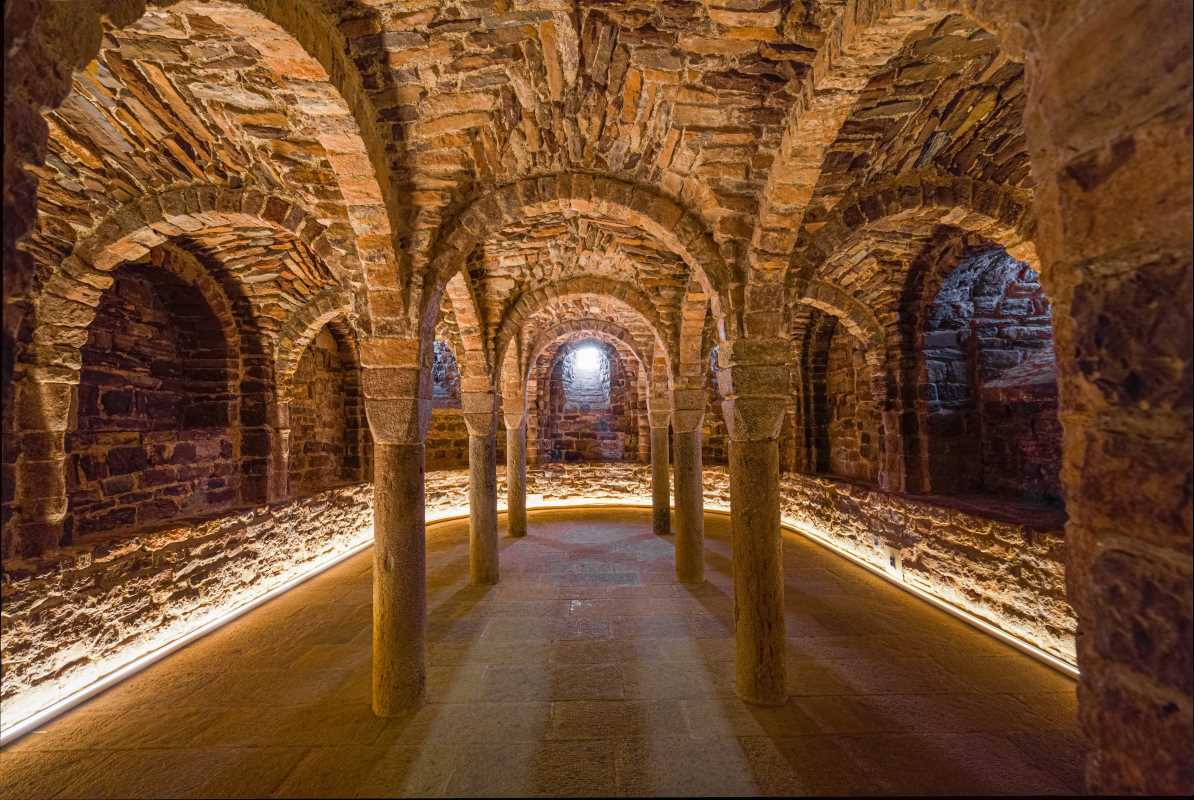Curiosity leads many explorers to seek out the world’s ancient wonders without straining their finances. You can admire historic sculptures, frescoes, and fortress walls while staying within your budget. This guide shows how to discover UNESCO sites beyond the usual crowds, connect with local customs, and use practical tools to find genuine experiences. By taking advantage of these tips, you’ll navigate hidden corners and enjoy the richness of history without overspending or falling into common tourist pitfalls. Let this journey open doors to remarkable places and lasting memories you might have missed on the typical travel route.
Finding Affordable Routes to World Treasures
- Pre-book regional trains
- Use local rail passes that cover multiple stops without hidden fees.
- Steps:
- Research the pass options for the country you plan to visit.
- Purchase online through the national rail site for reduced rates.
- Present proof at the station for activation.
- Cost: Passes often start at €50 for three days.
- Insider tip: Validate your pass at the first station kiosk before boarding to avoid fines.
- Rideshare shuttles
- Share short transfers between cities to cut private taxi surcharges.
- Steps:
- Join a community group focused on overland adventures.
- Post your ride request at least 48 hours in advance.
- Confirm cost splits before luggage loading.
- Cost: Typically €10–€15 per person for a 100-kilometer route.
- Insider tip: Offer to share snacks or local treats to encourage drivers to stop at roadside landmarks.
Discover New Stories in Every Ruin
Instead of just ticking off famous landmarks, you can create personal stories during each visit. Exploring at dawn reveals soft shadows on carvings, transforming familiar facades into intimate stages for your own discoveries. Choosing quieter hours lets you observe artisans restoring mosaics or local guides offering impromptu history snippets through casual conversation.
Venture beyond main gateways to notice subtle details—hidden inscriptions or lesser-known chapels—that standard tours often overlook. Each fragment of tile or column becomes part of your unique story. By observing work crews gently cleaning stone, you witness ongoing efforts that connect you directly to the living heritage, not just its catalogued past.
Tools for Budget-Friendly Exploration
- Interactive map apps
- Purpose: Guide you through backstreets lined with artisans.
- Steps:
- Download an offline map layer for the region.
- Pin your start point at the town square.
- Toggle points of interest to highlight free or donation-based sites.
- Availability: Most apps work without Wi-Fi once maps download.
- Insider tip: Switch to grayscale mode on your phone to conserve battery during long hikes.
- Local museum consortium tickets
- Purpose: Lower per-site charges and unlock hidden galleries.
- Steps:
- Visit the main museum’s ticket window or website.
- Select the multi-site pass option.
- Show each exit stub when entering the next venue.
- Cost: Often 20–30% less than individual tickets.
- Insider tip: Ask at each desk about reciprocal deals—smaller institutions sometimes offer extra discounts.
- Language-exchange meetups
- Purpose: Gain insider tips from residents at no cost.
- Steps:
- Find a local meetup on community boards or social media.
- Arrive with simple flashcards of greetings.
- Offer to teach basic expressions in exchange for site suggestions.
- Availability: Usually held weekly in cafes or public squares.
- Insider tip: Bring small treats from home to break the ice and spark cultural stories.
- Time-slot reservations
- Purpose: Avoid surge pricing and long lines.
- Steps:
- Check official site calendars for non-peak entry windows.
- Reserve your slot exactly 30 days ahead when discounts often appear.
- Arrive 10 minutes early and present your confirmation.
- Metric: Discounts can reach 50% for late-afternoon access.
- Insider tip: Combine your visit with a sunset picnic just outside the gate to maximize timing.
- Community-led walking tours
- Purpose: Dive deeper into local lore.
- Steps:
- Search online for volunteer guides in your target town.
- Confirm meeting points via group chat.
- Contribute based on what you found valuable after the tour.
- Availability: Almost every heritage-rich town hosts one.
- Insider tip: Attend on less crowded weekdays to prompt guides to share extra anecdotes about offbeat sites like hidden courtyards or forgotten chapels.
Affordable Meals Near Landmarks
- Look for street vendors grilling local specialties behind plazas. Enjoy handheld snacks that cost under €5 per portion. Let the scent guide you to family-run stalls where recipes pass down generations.
- Buy fresh produce at morning markets and picnic among garden fountains. Cost usually stays below €10 for a meal. Carry a lightweight reusable bag to avoid purchasing plastic sacks on site.
- Choose set-price lunch menus in neighborhood cafés. Look for “menu del día,” which bundles a starter, main, and drink for around €12. Ask for the house specialty instead of the tourist staple.
Exploring cultural marvels on a tight budget becomes a personalized scavenger hunt—you take the less-traveled road, connect directly with people who keep traditions alive, and discover creative ways to enjoy every stone and story. With these methods, you’ll return home richer in memories, not expenses.
Every site you visit on a budget shows both history and your resourcefulness. Use these methods, pack light, and follow your curiosity.







